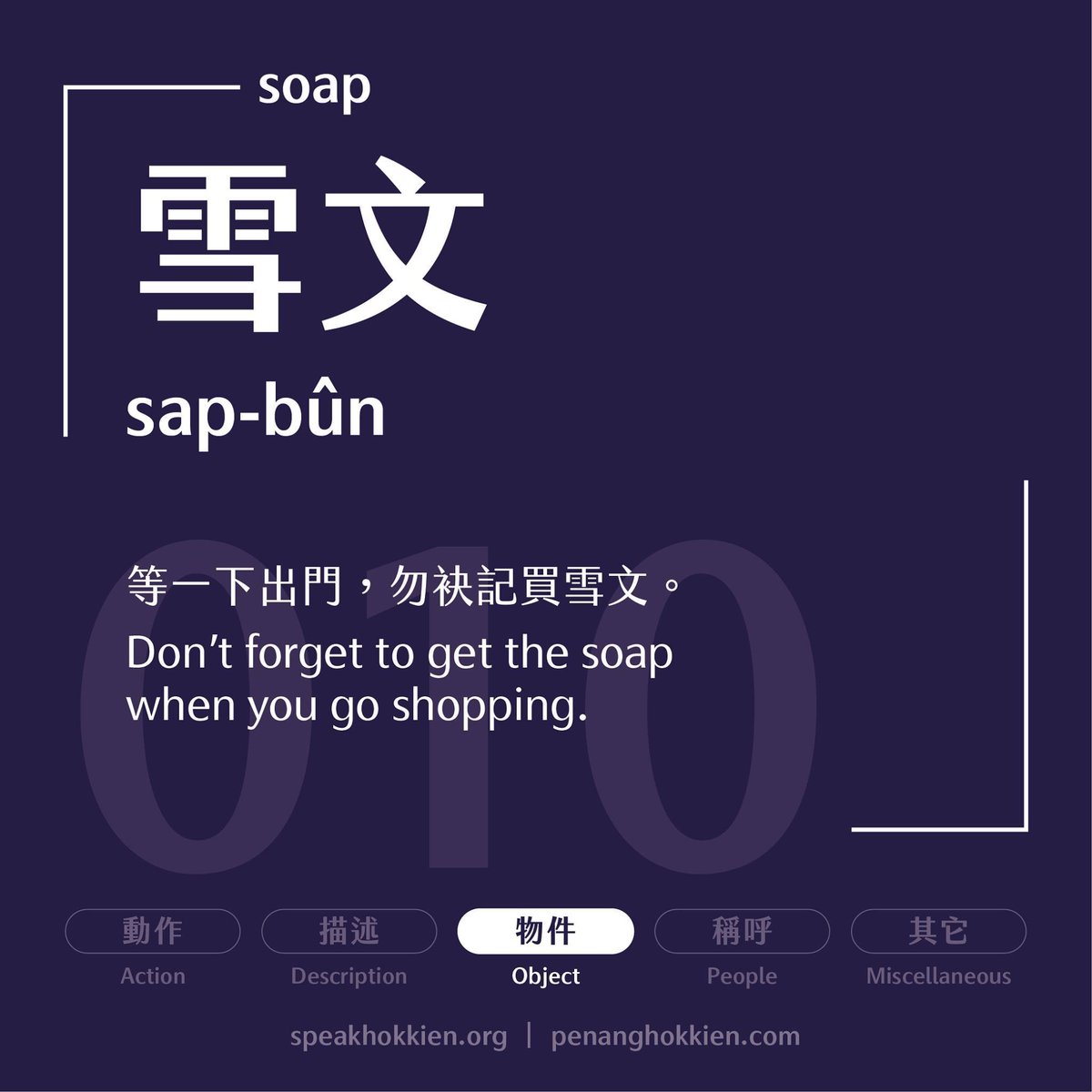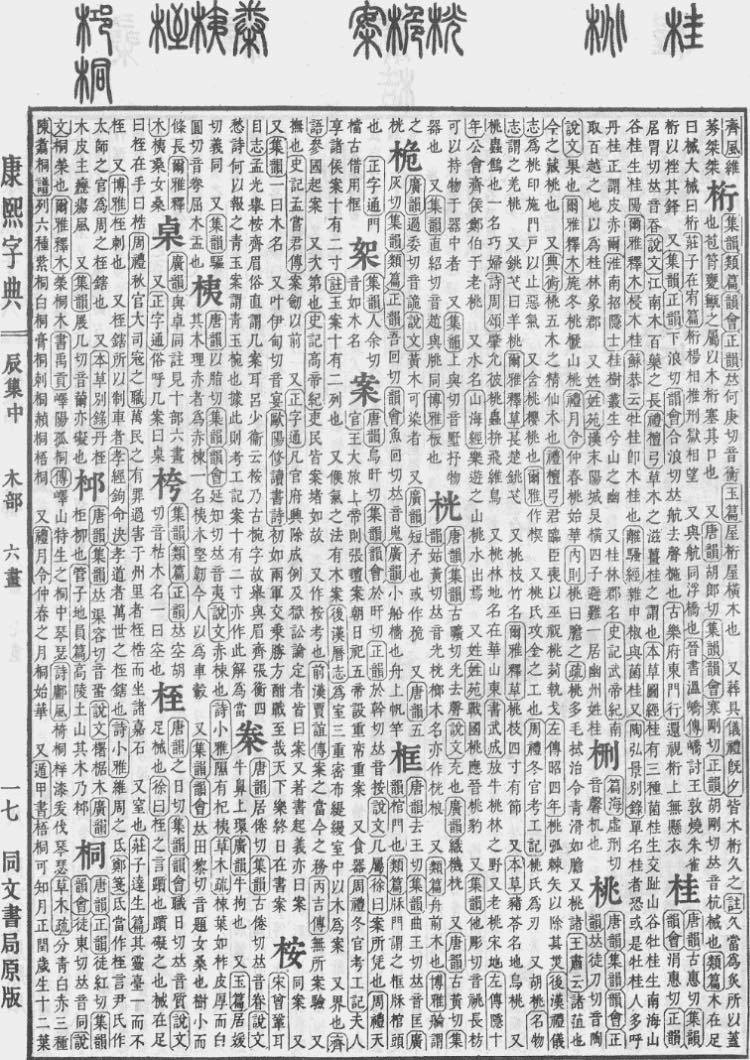
Researcher @SinologieFAU & @mpilhlt. 曩昔 @ceao_uam. PhD @tohoku_univ & @UniHeidelberg. 東亞政法史を硏鑽し、言語学についての豆知識を多く呟いとる。
How to get URL link on X (Twitter) App


 The etymology of *wa 倭 is hotly contested and ultimately uncertain: Quite possibly it was the phonetic transcription of some now unknown Japanese name. 2/11
The etymology of *wa 倭 is hotly contested and ultimately uncertain: Quite possibly it was the phonetic transcription of some now unknown Japanese name. 2/11

https://twitter.com/egasmb/status/1784582102391910776
 Teochew and Hokkien are quite similar and there is some degree of mutual intelligibility, but at the same time they are also distinct from each other. Left is the Gospel of Matthew in Teochew; right is the same text in Hokkien. 3/
Teochew and Hokkien are quite similar and there is some degree of mutual intelligibility, but at the same time they are also distinct from each other. Left is the Gospel of Matthew in Teochew; right is the same text in Hokkien. 3/ 


 Xifan 西番/西蕃 (West foreign) could be used as a generic, but it also got pinned down specifically. The 15ct 大明一統志 writes: "Xi-fan is Tu-fan 吐蕃."
Xifan 西番/西蕃 (West foreign) could be used as a generic, but it also got pinned down specifically. The 15ct 大明一統志 writes: "Xi-fan is Tu-fan 吐蕃."

 Who doesn't love a succulent mango or a scrumptious mango juice? They are called soāiⁿ(-á) in Hokkien and suain7 檨 in Teochew, which is cognate to Vietnamese xoài 𣒱 and Khmer svaay... 2/
Who doesn't love a succulent mango or a scrumptious mango juice? They are called soāiⁿ(-á) in Hokkien and suain7 檨 in Teochew, which is cognate to Vietnamese xoài 𣒱 and Khmer svaay... 2/ 

 You can also write 'hanging' as 弔 instead of 吊, and hence also the profanity, as Morrison did in 1822: 2/
You can also write 'hanging' as 弔 instead of 吊, and hence also the profanity, as Morrison did in 1822: 2/ https://twitter.com/edwardW2/status/1262622913217191936

https://twitter.com/PicturesFoIder/status/1659642152048099329零 originally didn't mean 'zero,' but 'small rain, drizzle.' Makes it easy to learn: Rain 雨 above, pronunciation 令 below (ok, tone is different). 2/


 The Tang succeeded in founding a stable state that firmly united China after centuries of division (well, let's not forget the hapless Sui 581/9-618, but they collapsed quickly and didn't come to be remembered for their glory as the Tang did) 2/
The Tang succeeded in founding a stable state that firmly united China after centuries of division (well, let's not forget the hapless Sui 581/9-618, but they collapsed quickly and didn't come to be remembered for their glory as the Tang did) 2/ 


https://twitter.com/emgepan/status/1659264211548266496
 瀉 is very rare in Japanese. Since 寫 gets simplified to 写, Japanese (apparently since Edo times) often informally simplified 潟 to 泻, replacing the right element and writing Niigata as 新泻 2/
瀉 is very rare in Japanese. Since 寫 gets simplified to 写, Japanese (apparently since Edo times) often informally simplified 潟 to 泻, replacing the right element and writing Niigata as 新泻 2/ 

 Siâu 潲 (or 洨) means 'semen,' so siáⁿ-siâu 啥潲 is very close in meaning to 'what the f'. You can it after a lot of verbs: 講 (wtf are you saying), 看 (wtf are you looking at), 創 (wtf are you doing) etc. ... 2/
Siâu 潲 (or 洨) means 'semen,' so siáⁿ-siâu 啥潲 is very close in meaning to 'what the f'. You can it after a lot of verbs: 講 (wtf are you saying), 看 (wtf are you looking at), 創 (wtf are you doing) etc. ... 2/ 


https://twitter.com/egasmb/status/1653037759546761219
 sap-bûn 雪文 (soap), from Malay sabun (probably, this a bit is contested; ultimately this is a Germanic word and cognate with the English soap) 2/
sap-bûn 雪文 (soap), from Malay sabun (probably, this a bit is contested; ultimately this is a Germanic word and cognate with the English soap) 2/ 

 Obviously, in imperial times there was no portrait whatsoever hanging on that spot - here's a photo of the Gate during the late Qing (1900). 2/
Obviously, in imperial times there was no portrait whatsoever hanging on that spot - here's a photo of the Gate during the late Qing (1900). 2/ 

https://twitter.com/egasmb/status/1650957334095491112
 The most well-known example, which got its hoax baidu-pedia entry in 2009 and topped a list of "4 (later 10) mythical creatures" is the Grass-mud horse 草泥馬 (cao ni ma) , which is a pun for... "f*ck your mother"肏你媽 2/
The most well-known example, which got its hoax baidu-pedia entry in 2009 and topped a list of "4 (later 10) mythical creatures" is the Grass-mud horse 草泥馬 (cao ni ma) , which is a pun for... "f*ck your mother"肏你媽 2/ 

 Orthographically, 桉 is an old character. You find it in the Kangxi Dictionary of 1716. But back then, eucalyptus was unknown in the Sinophone world, and the character had nothing to do with eucalyptus. 2/
Orthographically, 桉 is an old character. You find it in the Kangxi Dictionary of 1716. But back then, eucalyptus was unknown in the Sinophone world, and the character had nothing to do with eucalyptus. 2/ 

 The ultimate origin of the name is not 100% clear, but what is clear is that our story starts with an Austronesian root and that its pronunciation had absolutely nothing to do with 'Kaohsiung.' Rather we are dealing with the word Takao. 2/
The ultimate origin of the name is not 100% clear, but what is clear is that our story starts with an Austronesian root and that its pronunciation had absolutely nothing to do with 'Kaohsiung.' Rather we are dealing with the word Takao. 2/ 

 The ultimate etymology of Xiamen is not 100% clear, and there is a range of differring interpretations. It seems likely, however, that Xiamen was originally 'Lower Gate' 下門 and then got rewritten as the more 'elegant' 'Mansion Gate' 廈門 2/
The ultimate etymology of Xiamen is not 100% clear, and there is a range of differring interpretations. It seems likely, however, that Xiamen was originally 'Lower Gate' 下門 and then got rewritten as the more 'elegant' 'Mansion Gate' 廈門 2/ 

 First of all an anticlimactic start: 美國 and 米國 do not really mean "beautiful country" or "rice country" in Chinese (not primarily at least; the association of beauty for 美 probably appeared quite early). They also have nothing to do with the flag. 2/
First of all an anticlimactic start: 美國 and 米國 do not really mean "beautiful country" or "rice country" in Chinese (not primarily at least; the association of beauty for 美 probably appeared quite early). They also have nothing to do with the flag. 2/

https://twitter.com/wearytolove/status/1642556891514691584To recap: The Qing Empire collapsed in late 1911/early 1912. an independent Mongolian state was founded in December 1911; the Republic of China (ROC) was founded on 1 January 1912. 2/
https://twitter.com/URDailyHistory/status/1608419306223673344


https://twitter.com/reshetz/status/1641811922180886530The most famous European case are the French language policies known by the Occitan word 'vergonha' (=shame; the spelling is the same as in Portuguese because Occitan used to be a hugely influential language in the Middle Ages!) 2/


https://twitter.com/XiranJayZhao/status/1640104771649675264Names with rui 瑞 might seem the most intriguing. In Middle Chinese, 瑞 was pronounced */d͡ʑiuᴇH/, same as 睡! In Beijing, it has developed irregularly into Rui, but many Chinese languages have an /s/ initial. Not only Canto & Hokkien, but also some Mandarin & Jin (Shanxi)! 2/


https://twitter.com/tsmullaney/status/1637666755089952768People will be wondering: What transcription system is this? Wade-Giles maybe, which was the most common system for a long while? Something Cantonese-based even? The answer is: none of them. 2/


https://twitter.com/URDailyHistory/status/1608419306223673344I was careful in writing that, back in 1911, the Bogd Khaan had declared independence from the Qing Empire – not from China – because from a Mongolian perspective, this point was and is a crucial distinction. It clashes with the Chinese interpretation. 2/
https://twitter.com/egasmb/status/1577339203150483457